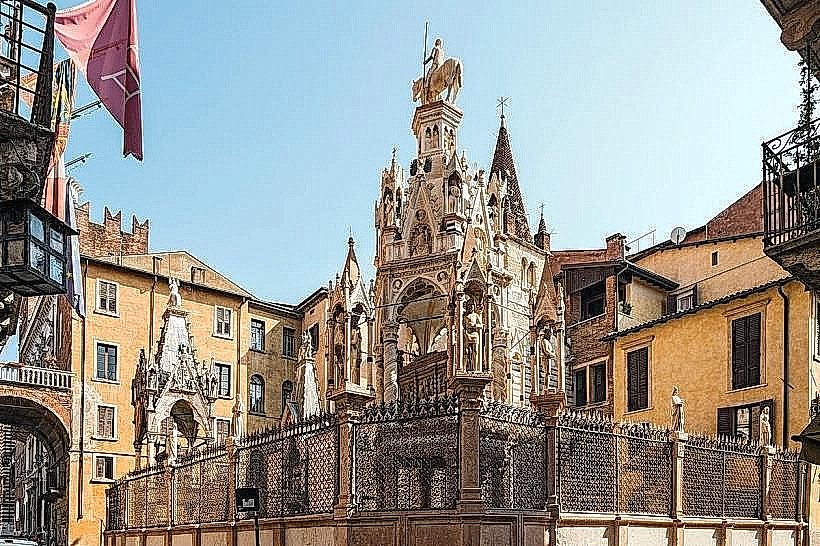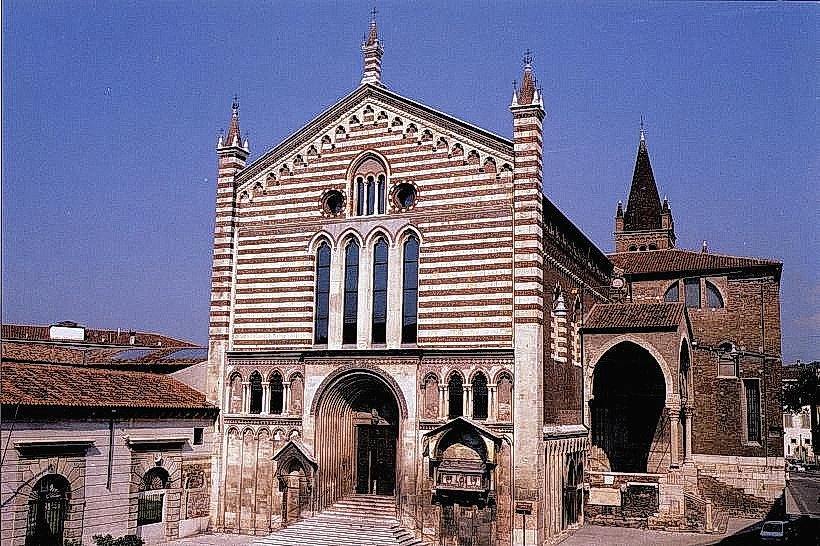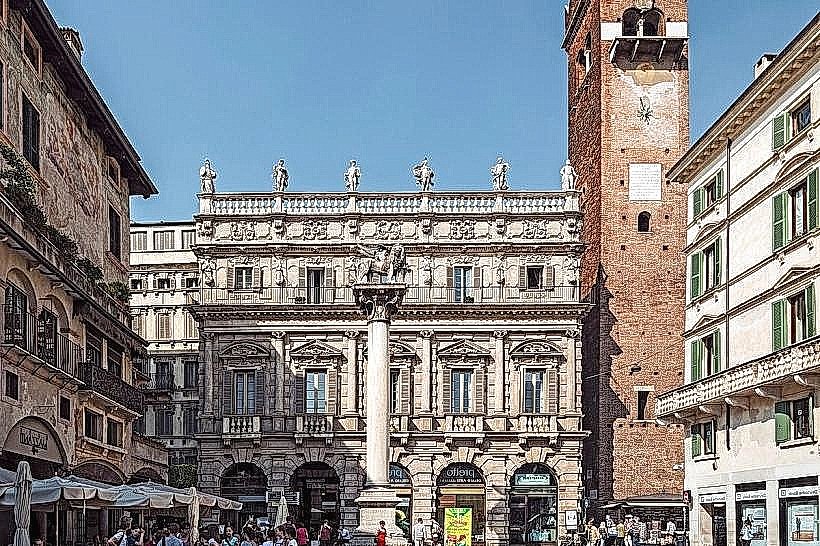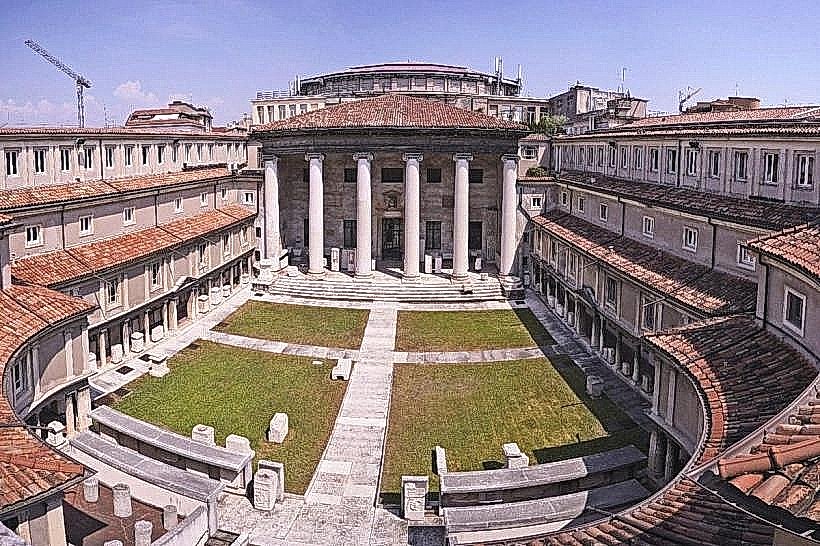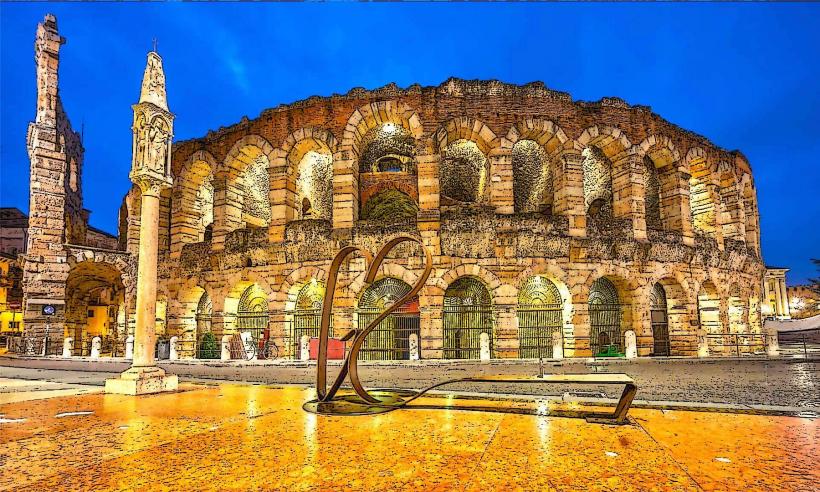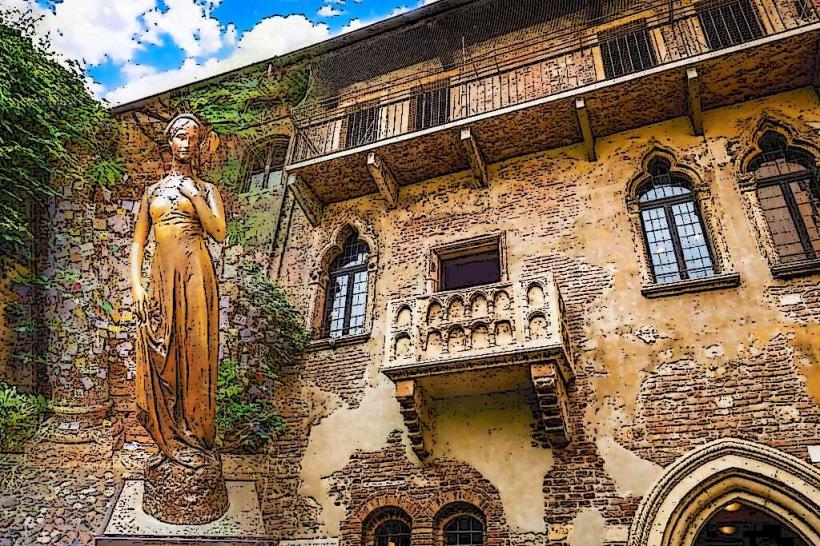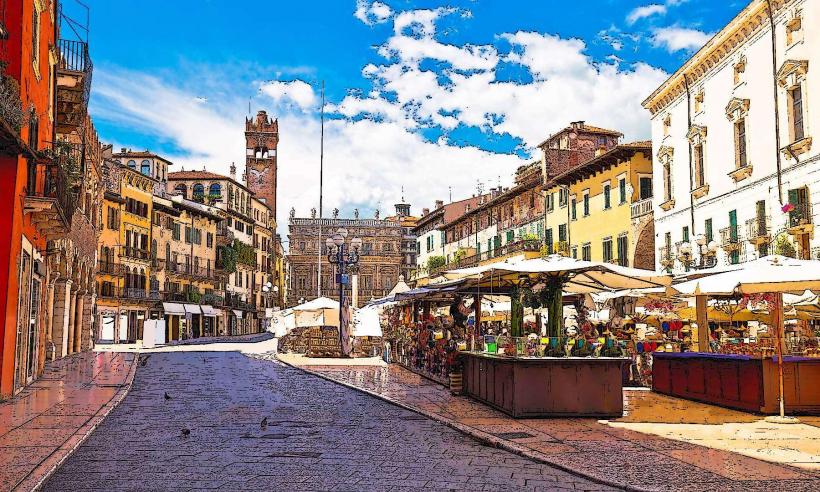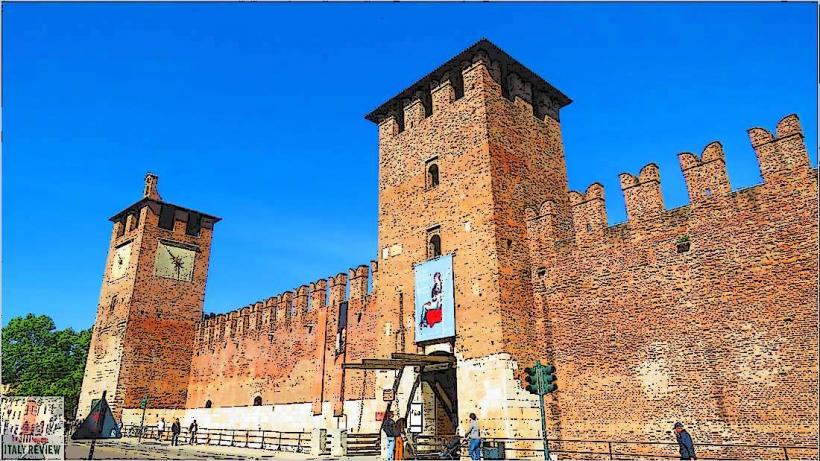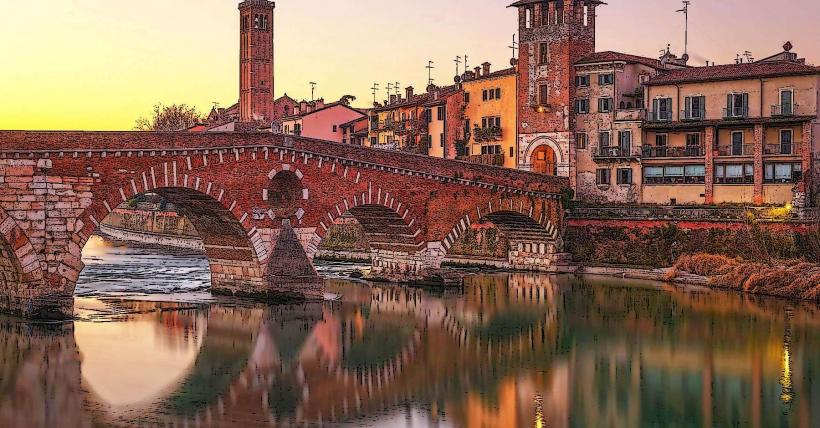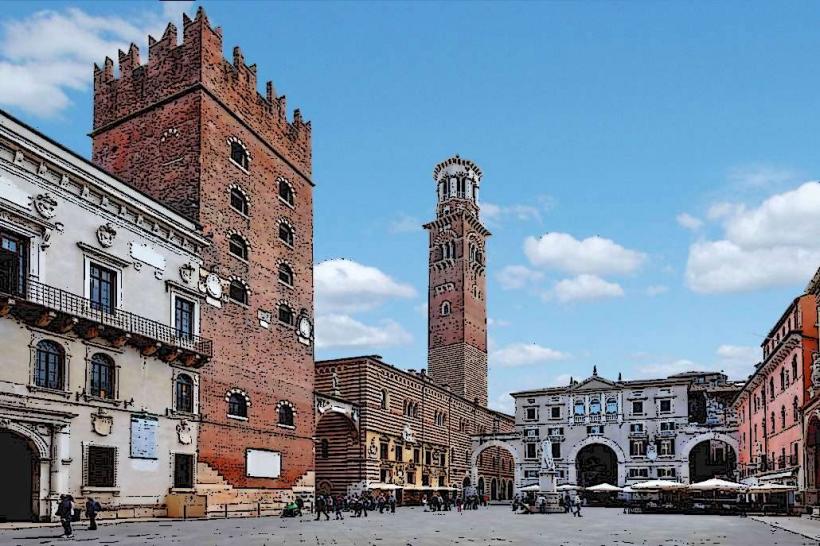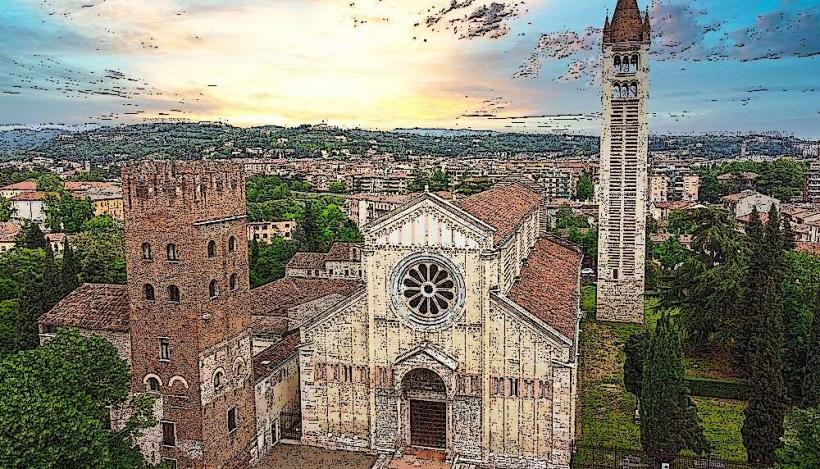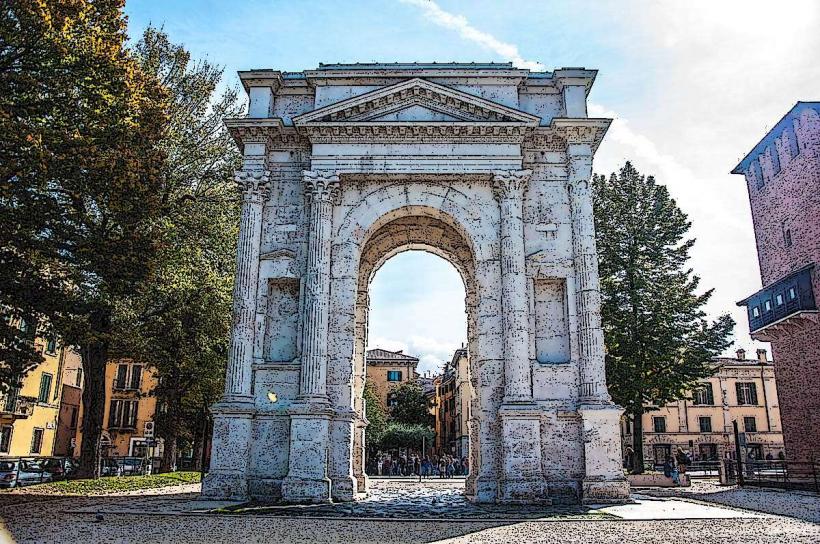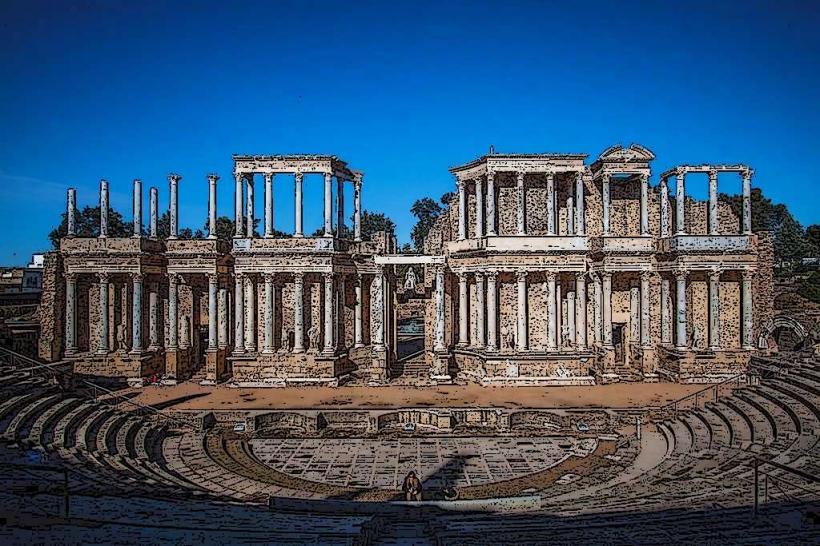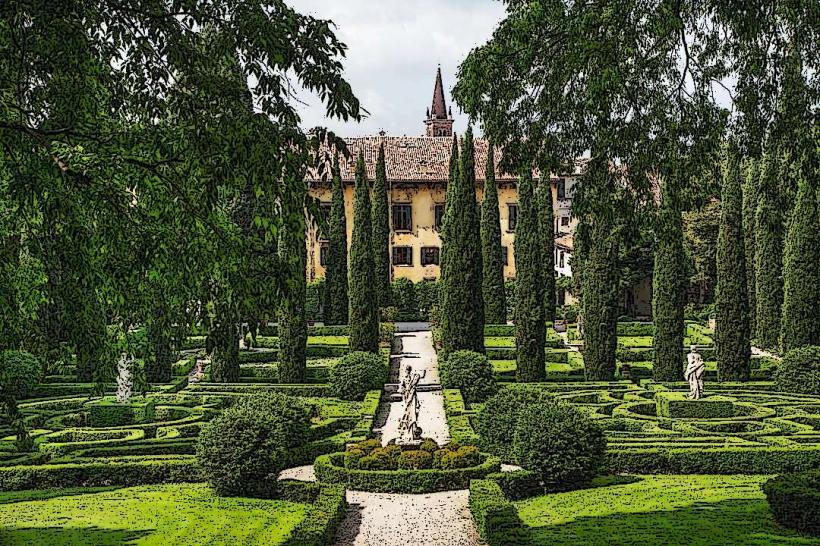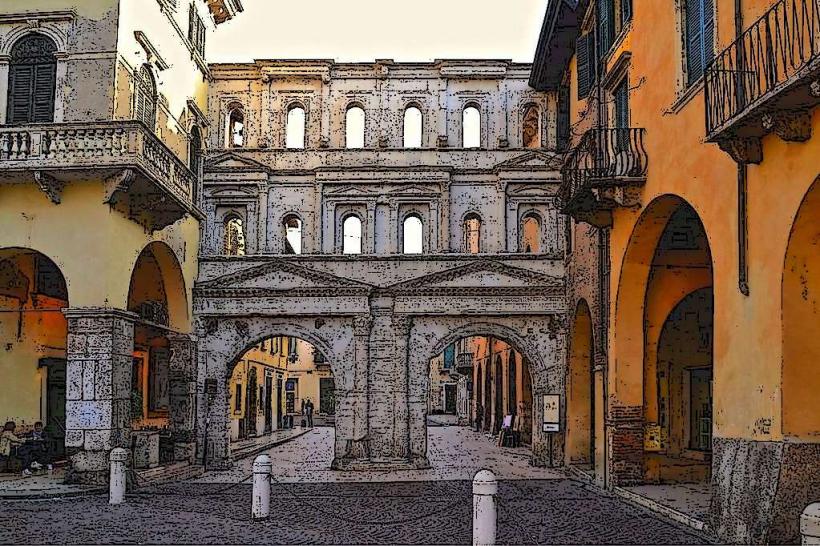Information
Landmark: Archaeological MuseumCity: Verona
Country: Italy
Continent: Europe
Archaeological Museum, Verona, Italy, Europe
Overview
Tucked beside Verona’s Roman Theatre, the Archaeological Museum is one of the city’s most evocative spots-a locale where cool stone halls and ancient fragments spark the mind, in conjunction with high above the Adige River, it blends weathered stone, the hush of an heritage monastery, and wide-open views stretching across the city’s timeless rooftops.Though it’s smaller and quieter than Verona’s grand museums, this one feels more personal-each display seems to rise straight from the hill’s warm stone and dust, simultaneously the museum sits in the classical Monastery of San Girolamo, a 15th‑century complex perched above the Roman Theatre, its stone walls catching the afternoon light.As you can see, Terraces twist past worn cloisters and shadowed corridors, tracing centuries of history-Roman stone at your feet, medieval walls climbing higher, and dazzling Renaissance frescoes glowing overhead, on top of that to get there, you climb a string of steep stone steps from Ponte Pietra, each bend opening to a flash of the theatre or the river glinting through dim cypress trees.Founded in 1924, the museum began as a home for artifacts unearthed from the Roman Theatre and other ancient corners of Verona, including a worn marble fragment still dusted with earth, on top of that over the years, as the collection expanded, curators kept the monastery’s serene, thoughtful design intact-each room unfolding onto a terrace or loggia, catching the soft haze of the city below like a framed painting.In the early 2000s, the museum’s renovation gave its exhibits a sleek, modern view but left the warm patina of its history untouched, also the museum’s collections showcase Verona’s story, stretching from its earliest prehistoric camps-where smoke once curled above stone fires-to the grandeur of the late Roman Empire.Among its treasures you’ll find Roman mosaics-geometric patterns and myths winding through tiny colored tiles, many uncovered from antique villas beside the Adige, besides marble busts and statues of emperors, philosophers, and hometown dignitaries stand quietly, their faces worn smooth by centuries of rain and wind.Funerary stelae and inscriptions reveal everyday names and trades-bakers dusted with flour, soldiers, artisans-offering brief, human glimpses of the city’s ancient community, alternatively bronze votive pieces and everyday treasures-slender lamps glowing like captured fire, coins, and jewelry-link home life to the sacred, mildly Truthfully, Shattered pieces from the scaenae frons-the grand stage façade of the Roman Theatre-still suggest its former splendor, with carved Corinthian capitals and friezes catching bits of sunlight, likewise wandering through the museum feels like climbing a quiet staircase through time, where each room hums with the echo of another century.Cool air drifts through the cloisters, carrying a faint, chalky scent of aged plaster and worn limestone, in conjunction with now and then, a window swings open to a breathtaking view-the Duomo’s dome catching the light, the curve of the Adige below, or the Arena hazy on the horizon.Sunlight spills across the top terrace, catching on the worn marble pieces and turning them a soft gold as dusk settles in, besides more than a static collection, the Archaeological Museum feels alive-a living dialogue with the past, nestled in the same sun-warmed landscape that once echoed with ancient footsteps, not entirely Through the arched windows below, you can observe the Roman Theatre-part exhibit, part stage-its worn stones carrying the murmur of history as they ring with music every summer, in turn a visit to this museum feels like walking through Verona’s layered memory-Roman stone, medieval devotion, Renaissance quiet, and the careful touch of modern preservation, all resting together on a peaceful hillside.
Author: Tourist Landmarks
Date: 2025-11-10


